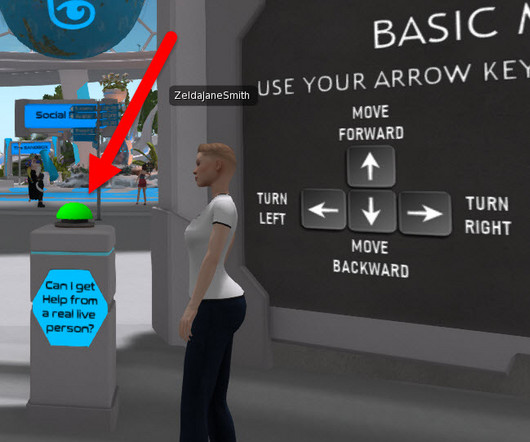How to Get Started in Second Life, Step by Step: A Guide for New Users (2024 Edition, Using Firestorm)
Ryan Schultz
JANUARY 14, 2024
The course, co-taught by a computer science professor from the Faculty of Science and an interior design professor from the Faculty of Architecture, is titled Building Virtual Worlds: Users, Techniques and Tools. To use the virtual world of Second Life (SL for short), you will first need to create an account.












Let's personalize your content